
In the demanding world of journalism, reporters often chase stories into the most dangerous corners of the globe, bringing back vital information from conflict zones and unstable regions. While their work inherently involves risk, there’s a profound difference between reporting *on* terror and *experiencing* it firsthand. These are the ultimate ‘off-road trials,’ not of vehicles on rugged terrain, but of human endurance and spirit against unimaginable adversity, where the truth of human suffering becomes terrifyingly personal.
This article delves into the harrowing experiences of journalists who found themselves caught in the crosshairs, facing genuine terror that went far beyond the professional risks of their craft. From the brutal realities of extremist captivity to the labyrinthine injustices of politically-motivated legal battles, these are stories of survival, resilience, and an unwavering commitment to shedding light on the world’s darkest corners. They are testaments to the incredible courage required when the pursuit of truth becomes a struggle for life itself.
We begin our journey by examining the visceral experiences of those taken hostage by militant groups, plunged into an abyss of physical and psychological torment. These are the moments when the abstract concepts of conflict and oppression become painfully concrete, where journalists are stripped of their freedom and forced to confront the very worst of humanity, transforming their lives forever in the process.
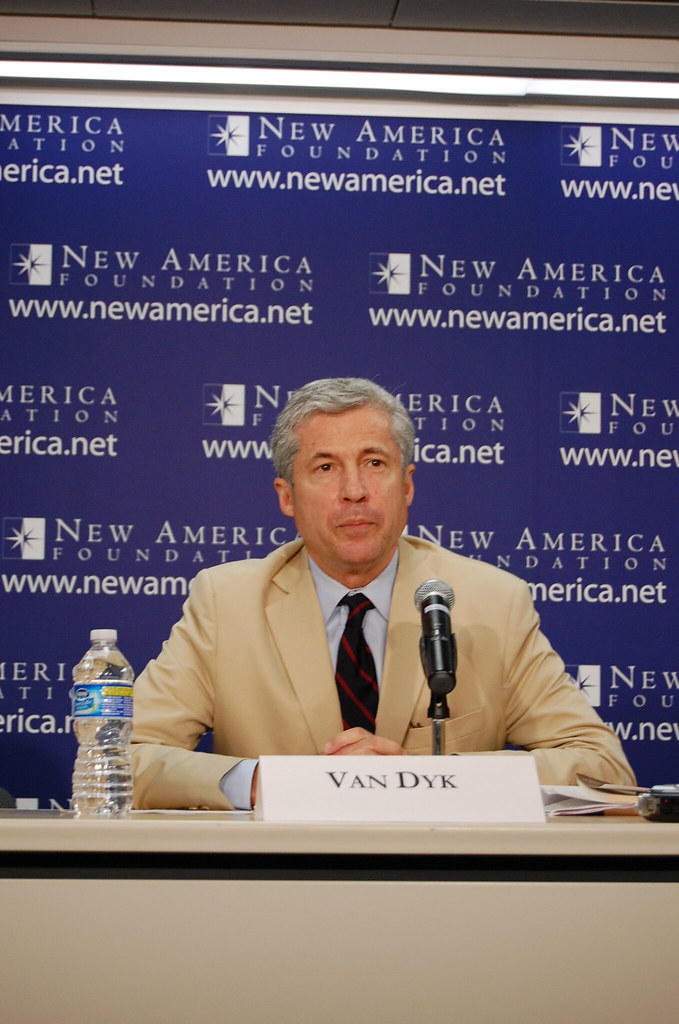
1. Jere Van Dyk’s 45 Days of Captivity with the Taliban
Journalist Jere Van Dyk, a veteran correspondent with decades of experience reporting on Afghanistan, found himself thrust into an ‘off-road trial’ of the most personal kind in 2008. Having lived with leaders of the Haqqani network in the early 1980s while they battled Soviet forces, Van Dyk returned to the region hoping to reconnect with them and understand their evolution. Instead, he was taken hostage by the Taliban and held captive for 45 harrowing days, an ordeal that profoundly shaped his understanding of the region and its changing dynamics.
His capture served as a brutal reminder of the significant shift within groups like the Haqqani network, which he describes as today’s largest military group in Afghanistan, even larger than the Taliban. Van Dyk notes a disturbing change from when he first knew them, a time when they “never involved themselves in kidnapping, who never killed innocent women and children. They abided by their tribal law, called Pashtunwali, which goes back centuries.” This adherence to an ancient code of conduct had seemingly eroded by the time of his captivity.
Van Dyk attributes this dramatic transformation to the Afghan-Soviet war, which opened the door to Arab involvement and the introduction of Wahhabism. He identifies Wahhabism as a “very strict, most rigid, most violent of all Muslims sects,” which fundamentally altered the landscape of the conflict. This “Arabization of Afghanistan,” as he calls it, is, in his view, the direct reason why such groups now engage in “without a doubt, suicide bombings and kidnappings,” practices that were once anathema to their traditional tribal values.
His personal experience of captivity, therefore, was not merely a physical trial but a deeply intellectual and emotional one, confronting him with the stark reality of how ideology can reshape a people and a region. It was a firsthand look at the consequences of shifting alliances and the brutal impact of radical doctrines, a perspective he later used to advise the Obama administration on its hostage policies.
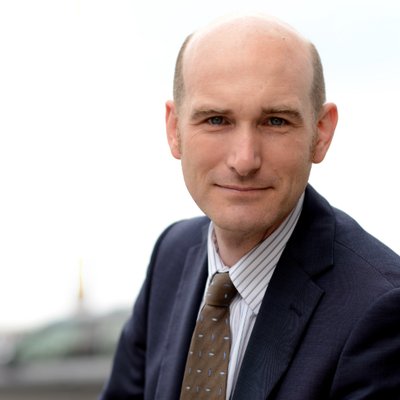
2. Nicolas Henin’s Ordeal in ISIS Captivity
Nicolas Henin, a French journalist, endured an almost unimaginable ordeal after being snatched from the streets of Raqqa, Syria, in 2013, along with photographer Pierre Torres. For 10 agonizing months, from June 2013 to April 2014, Henin was held captive by the terror group Islamic State, an experience that plunged him into the darkest depths of human cruelty. His account provides a chilling insight into the daily life of an ISIS hostage, a genuine ‘off-road trial’ of spirit and survival.
During his imprisonment, Henin met American journalist James Foley and British aid worker David Haines, both of whom would later be murdered by the notorious British ISIS militants known as “the Beatles.” This shared confinement created a bond among the captives, who were housed in cramped, inhumane conditions. Henin vividly recalls the scale of their imprisonment, stating, “We were a total of 24. Nineteen men held in one cell and five women in another one…and the plan was to start everything with an execution.”
The brutal reality of ISIS’s methods was immediately apparent. Henin remembers that the first person executed on the day they arrived was a Russian man, a horrific introduction to the grim fate that awaited many. The executions, however, were not the only source of terror. Their captors also frequently carried out “mock executions,” dragging terrified prisoners out for fake beheadings or leaving them in the scorching sun for hours during mock crucifixions, a psychological torture designed to break their will.
Henin’s experience highlights the pervasive nature of the abuse. “All our captors treated us badly,” he recounted, emphasizing that “It is not only about beatings or torture; to keep someone captured in the dark sometimes blindfolded is enough.” This constant sensory deprivation and the fear of the unknown compounded the physical torment, making every moment a test of mental fortitude. His ability to recall such details speaks to the indelible mark these ‘off-road trials’ left on him.
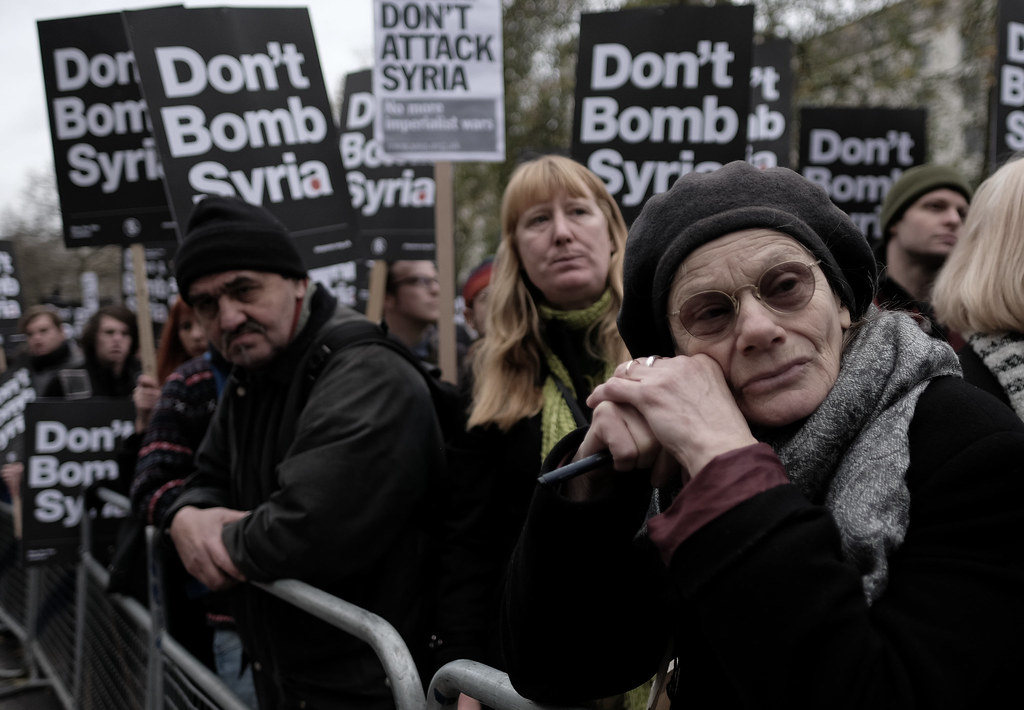
3. Didier Francois’s Battle Against ISIS Brutality
Didier Francois, another of the four French journalists taken captive by Islamic State in Syria, also endured 10 months of brutal confinement between June 2013 and April 2014. His experience mirrors the harrowing accounts of his colleagues, marked by a systematic campaign of terror designed to crush the human spirit. For Francois, the pursuit of a story evolved into an ‘off-road trial’ of personal endurance against an unyielding and cruel enemy.
During his imprisonment, Francois, like the others, was subjected to relentless physical and psychological torture. This included the horrifying experience of being forced to watch the executions of fellow captives, an act that leaves indelible scars on the mind. These premeditated acts of violence were not arbitrary but calculated to maximize the psychological impact on the remaining prisoners, ensuring they lived in constant fear.
Compounding the visual horrors were the constant physical beatings and the pervasive soundscape of suffering. Francois lived amidst the screams of fellow detainees, a chilling reminder of the violence that permeated their daily existence. This auditory terror, combined with the physical assaults, created an environment of unremitting fear and despair, pushing the boundaries of what a human being can endure.
Upon his release in 2014, Francois was welcomed by his family, a moment of profound relief after such a prolonged ordeal. He later played a crucial role in identifying one of their tormentors, Mehdi Nemmouche, whose face and actions became etched into his memory. His testimony helps to paint a fuller picture of the calculated cruelty inflicted upon them, a testament to his survival and enduring commitment to justice.
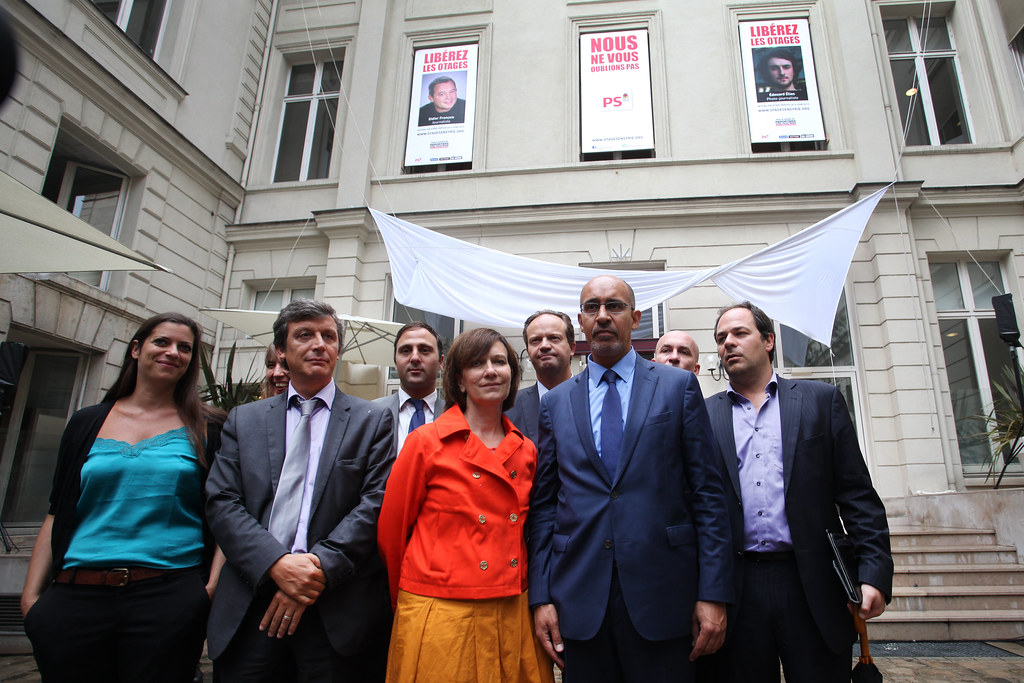
4. Edouard Elias’s Vivid Recollections of a Tormentor
Edouard Elias, another of the French journalists captured and held by ISIS for 10 months, faced the same relentless physical and psychological torture as his colleagues. His captivity, stretching from June 2013 to April 2014, was a profound ‘off-road trial’ where the fundamental rights of humanity were stripped away, replaced by systematic cruelty. Elias’s account, particularly his vivid recollections of one of their captors, adds a significant dimension to understanding the nature of the terror inflicted.
Like Didier Francois, Nicolas Henin, and Pierre Torres, Elias endured an existence punctuated by terror. He was forced to witness executions, suffer physical beatings, and live surrounded by the screams of fellow detainees. These experiences were not merely traumatic; they were designed to break down the individual, demonstrating the absolute power of their captors and the futility of resistance. The psychological toll of such an environment is almost unfathomable.
Crucially, Edouard Elias was instrumental in identifying Mehdi Nemmouche as one of their jailers, a recognition that played a vital role in subsequent legal proceedings. Elias specifically remembered Nemmouche tormenting them for hours with “constant chatter and singing French songs.” This detail offers a chilling glimpse into the sadistic nature of their captor, who not only inflicted physical pain but also reveled in the psychological manipulation and torment of his prisoners.
After his release, Elias, along with Francois, underwent medical check-ups in 2014, a necessary step to address the severe impact of their captivity. His ability to recount specific details, even seemingly mundane ones like singing, speaks volumes about the indelible impression Nemmouche left, a stark memory of the individual cruelty within the larger systemic terror.
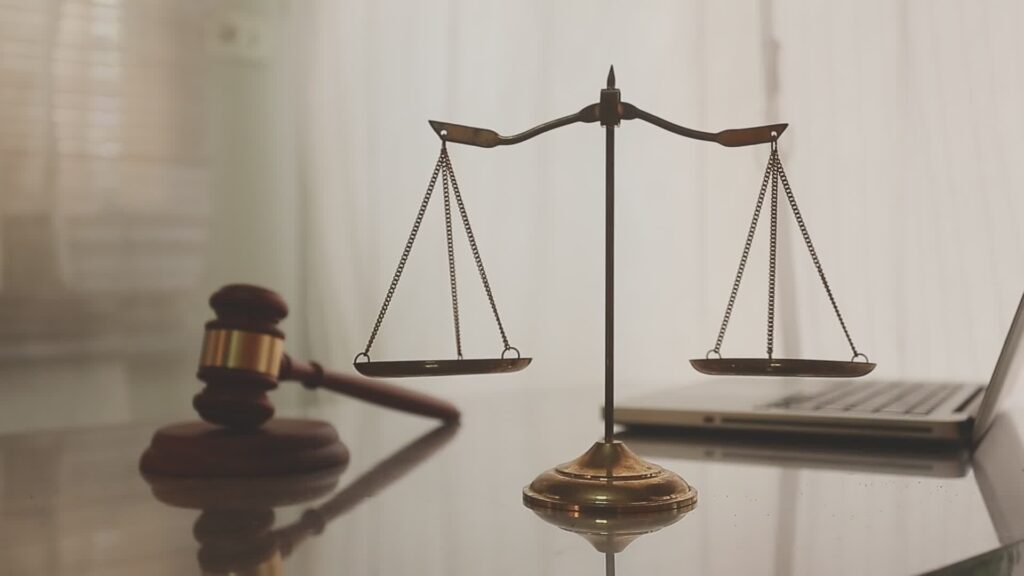
5. The Chilling Legal Landscape in Turkey: A New Kind of ‘Off-Road Trial’
This section opens with a crucial pivot in our understanding of journalistic perils. While the physical dangers of conflict zones are stark, the ‘off-road trials’ faced by journalists in Turkey reveal a sophisticated, systemic assault on freedom of expression, often disguised as legitimate legal proceedings. Organizations like ARTICLE 19, PEN International, and Reporters without Borders (RSF) have meticulously documented these cases, expressing deep concern over the “visibly political nature of these trials” and the “blatant abuse of the Penal Code and Anti-Terror law against journalists and human rights defenders.” Their findings paint a grim picture of a justice system weaponized against independent reporting.
The core of the problem, as highlighted by these watchdog groups, lies in the lack of credible evidence. Despite numerous charges of “propaganda for, or involvement in, terrorist organisations,” no “convincing evidence of the accused journalists’ involvement in terrorism or incitement to violence has been publicly presented.” This absence of substantiation, coupled with alarming procedural irregularities, points to a clear pattern of judicial harassment. The international community, through these organizations, has called on the Turkish government for immediate action to “restore the independence of the judiciary, reform laws which contradict international human rights standards, ensure due process during trials and cease the judicial harassment of journalists and human rights defenders.”
This transformation of the legal system into a tool of suppression represents a critical evolution in the challenges journalists face globally. It demands not just courage from those on the ground, but also a sharp, analytical eye from observers to dissect the mechanisms of state control. The ‘off-road trial’ in this context is less about dodging bullets and more about navigating a minefield of ambiguous laws, biased interpretations, and the crushing weight of institutional power. It’s a battle not for physical escape, but for the very soul of journalistic integrity and the right of a free press to exist.

6. The Özgür Gündem Solidarity Case: Punishing Empathy
Among the most troubling examples of judicial overreach is the “Özgür Gündem Solidarity Case.” This campaign, launched on May 3, 2016, saw nearly 100 journalists, civil society members, writers, and human rights defenders volunteer as “symbolic editors” for a day for the daily newspaper Özgür Gündem, which was later forced to cease publication in August 2016. What began as an act of solidarity, a simple gesture of support for a beleaguered publication, quickly morphed into a cascade of criminal cases, demonstrating the chilling ease with which legitimate expression can be criminalized.
The charges leveled against these symbolic editors were severe: “spreading propaganda for the PKK” and “releasing statements sent by PKK,” directly tied to articles published on the day they served. On February 14, 2017, the ramifications of this draconian approach became starkly clear. Writer and journalist Cengiz Baysoy, peace activist İmam Canpolat, and opposition leader Çilem Küçükkeleş were all found guilty. Each received a sentence of “one year and three months in prison and a fine of 6000 Turkish Liras (approx. 1500 Euro),” a heavy price for an act of journalistic solidarity.
This case is a potent illustration of how Turkey’s Anti-Terror Law is deployed as a “politically motivated abuse” against Kurdish journalists and their civil society allies. The indictments explicitly “rely solely on their association with the newspaper,” whether as advisory board members or columnists. It highlights a dangerous precedent where supporting a publication, even symbolically, can be construed as a terrorist act, effectively stifling any form of critical or independent media, especially those covering sensitive issues. The broader impact extends far beyond the individuals convicted, sending a stark warning to anyone considering speaking out or standing in solidarity with dissenting voices.
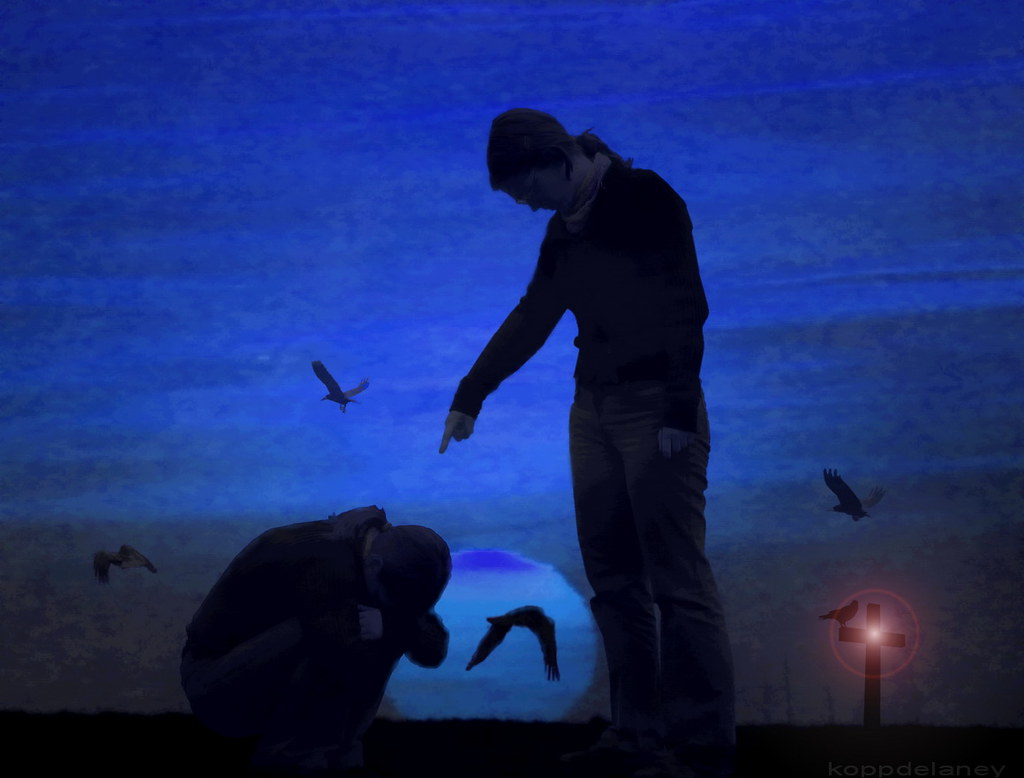
7. The OdaTV Trial: Shifting Sands of Accusation
The OdaTV case stands as a protracted saga of legal ambiguity and alleged conspiracy, stretching back to 2011. Ten prominent journalists, alongside an academic, a former police officer, and an intelligence officer (who tragically died in prison), were accused of operating as the media arm of a clandestine extremist nationalist organization known as “Ergenekon.” This lengthy trial represents a particularly bewildering ‘off-road trial’ for those involved, as the very foundation of the prosecution’s claims began to crumble over time.
In a dramatic turn of events at a hearing on December 14, 2016, the prosecutor himself requested the “acquittal of all twelve defendants due to insufficient evidence of the existence of the ‘Ergenekon’ organisation.” This official acknowledgment from the prosecution that the alleged terrorist organization might not even exist underscores the deeply flawed and perhaps politically motivated nature of the charges. Despite this significant development, the defendants, including well-known names like Ahmet Şık, Nedim Şener, and Soner Yalçın, still had to present their final defense statements on February 15, 2017.
The trial was also marred by practical issues, further undermining its credibility. A large number of journalists, supporters, and foreign observers, including representatives from RSF and ARTICLE 19, were unable to enter the small courtroom for the morning session. Despite defense lawyers’ pleas for a larger venue, the judge claimed none was available. Many defendants asserted they were “victims of a conspiracy involving members of the police and prosecutors with links to the Gülen movement,” then a government ally. This case exemplifies a judicial process where the alleged crime itself becomes nebulous, the evidence lacking, and the procedural fairness compromised, leaving a trail of injustice even in the face of potential acquittal. A verdict was expected on April 12, 2017, after two newly appointed judges caused a delay.
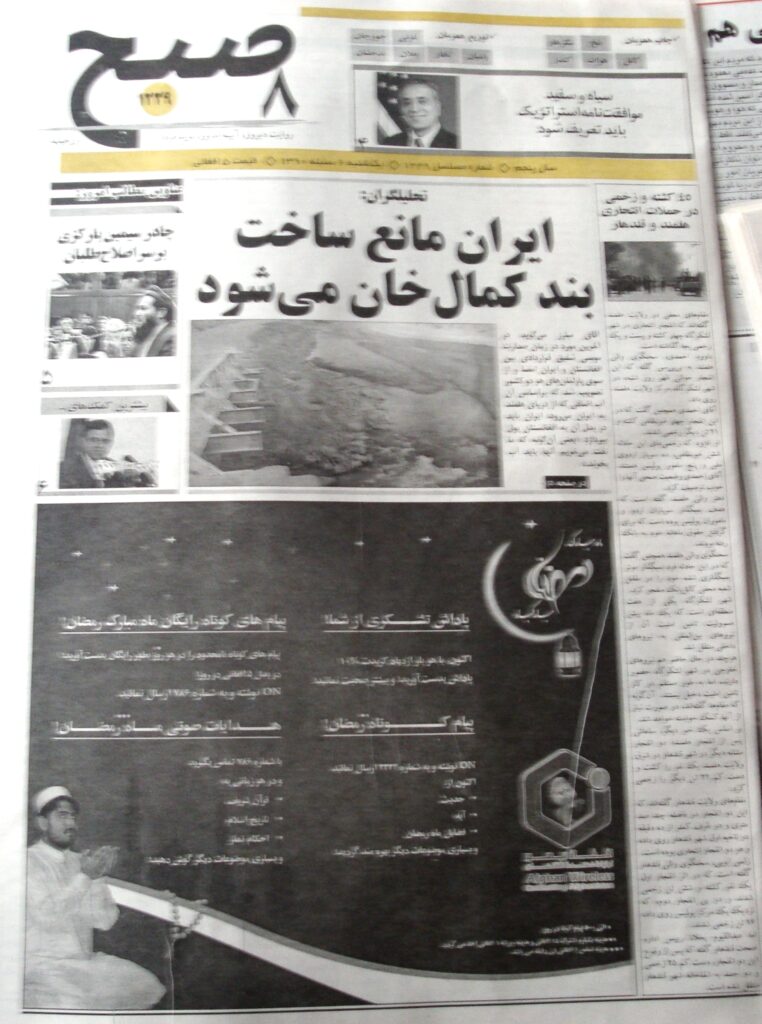
8. The Taraf Newspaper Case: State Secrets and Prolonged Detention
Another prominent example of Turkey’s legal ‘off-road trials’ involves journalists and editors associated with the Taraf newspaper. Ahmet Altan, Mehmet Baransu, Yasemin Çongar, Yıldıray Oğur, and Tuncay Opçin face grave charges of “acquiring and divulging state secrets” related to the “Egemen military plan,” an outdated military war plan for a Greek invasion. For Baransu and Opçin, the stakes are even higher, with additional accusations of “membership and administration of the “Fethullah Gülen Terrorist Organisation” (FETÖ),” demonstrating the multi-layered legal pressure brought against independent media.
The case has been plagued by severe issues of due process, particularly regarding Mehmet Baransu, who has been in pre-trial detention since March 2015 – over two years at the time of the reported hearing. His inability to attend a crucial defense hearing on February 15, 2017, due to a separate case in Mersin, highlights the practical difficulties and potential obstructions faced by detainees. Furthermore, Baransu’s conditions in detention have been severely restrictive, limiting “insufficient access to his lawyer and the case documents,” making it virtually impossible for him to adequately prepare his defense, a fundamental right in any fair legal system.
The Taraf case also revealed concerning inconsistencies in its indictment, notably being “largely copy-pasted from last year’s case against Can Dündar, with his name still featuring in the text.” Such procedural sloppiness, combined with the request from a group of co-plaintiffs to join the prosecution’s side, raises serious questions about the principle of “equality of arms” – the balance between prosecution and defense. These elements collectively paint a picture of a judicial system that, rather than seeking justice, is systematically undermining the ability of journalists to defend themselves against politically charged accusations, turning their professional lives into prolonged, Kafkaesque battles.
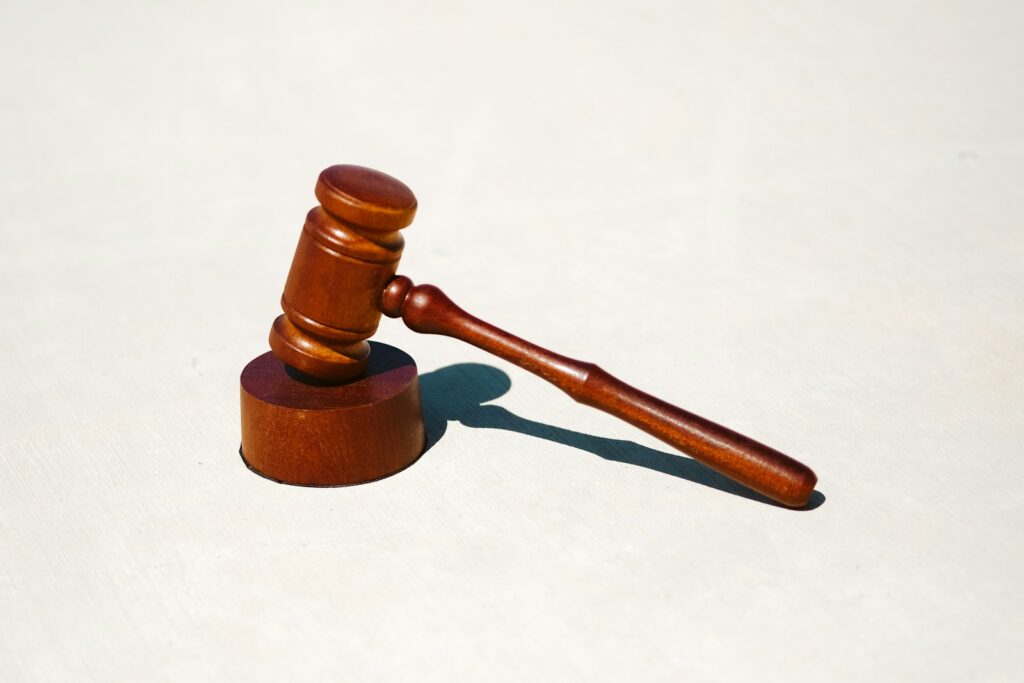
9. Undermining Justice: Inconsistencies, Due Process, and Judicial Independence
Beyond individual cases, the broader ‘off-road trial’ for journalists in Turkey is defined by pervasive systemic failures within the justice system itself. These deeply rooted issues manifest as widespread “inconsistencies, politically-motivated charges,” and profound “violations of due process and the right to a fair trial,” fundamentally undermining the rule of law. Investigative journalist Ahmet Şık’s situation epitomizes this chaos, as he faced simultaneous, contradictory charges: “supporting the Ergenekon organization” based on a 2011 book criticizing the Gülen movement, and concurrently “supporting the FETÖ and the PKK.” This absurd legal entanglement exposes the arbitrary nature of the accusations.
A critical concern is the excessive use of pre-trial detention, often without clear justification or indication of a timely, fair trial. Journalists like Mehmet Baransu (detained since March 2015), Ahmet Altan (since September 2016), and Ahmet Şık (since December 2016) have been held for extended periods, directly violating international standards on the right to liberty and a fair trial. The inability of defendants like Baransu to access lawyers and case documents effectively paralyzes their defense, making the prospect of a genuinely fair hearing a distant dream. Even when prosecutors request acquittals, as in the OdaTV case, the damage of prolonged detention and a discredited investigation remains, demanding a thorough review and accountability for miscarriages of justice.
At the heart of these systemic abuses is the undeniable “political interference in the justice system,” challenging the very principle of judicial independence enshrined in Article 138 of the Turkish constitution. As noted by Nils Muiznieks, Council of Europe Commissioner for Human Rights, elements of the judiciary have become “an instrument of judicial harassment to stifle opposition and legitimate criticism.” Vague legal provisions in the Penal Code and Anti-Terror Law, prohibiting “propaganda” or “praising” a terrorist organisation, allow for broad interpretation and weaponization against free expression. Turkey’s claim that those on trial are not journalists but terrorists, charged not for their journalism but for involvement in terrorism, is directly contradicted by the fact that the evidence “appears to consist entirely of the content of their articles or news they edited.” This continuous struggle for legal and journalistic freedom against a compromised judiciary represents perhaps the most insidious and ongoing ‘off-road trial’ of all.
The ‘off-road trials’ faced by journalists, whether in the brutal confines of extremist captivity or the insidious labyrinth of politically weaponized legal systems, serve as potent reminders of the extraordinary courage required to pursue truth. These aren’t just stories of survival; they are profound testaments to the unyielding spirit of those who dare to report, to question, and to expose. As we reflect on their harrowing journeys, we are called to recognize the immense sacrifices made and to champion the fundamental right to independent journalism, for in their struggle, lies the very bedrock of an informed and accountable world. Their terror, in its genuine, unvarnished form, is a beacon illuminating the vital importance of protecting those who bring us the news, no matter the terrain.



